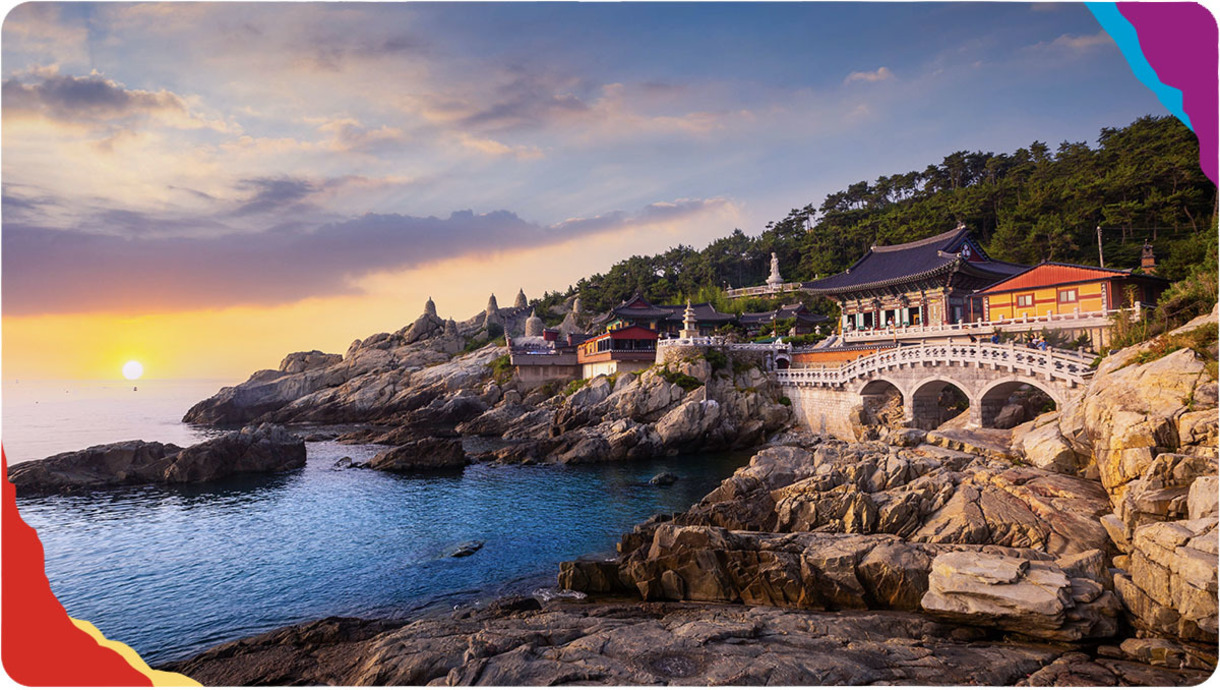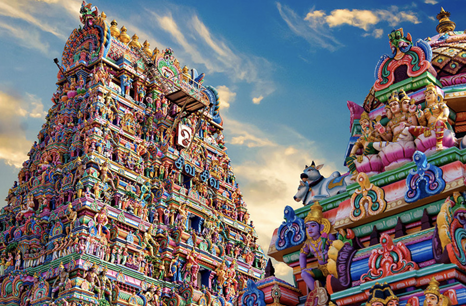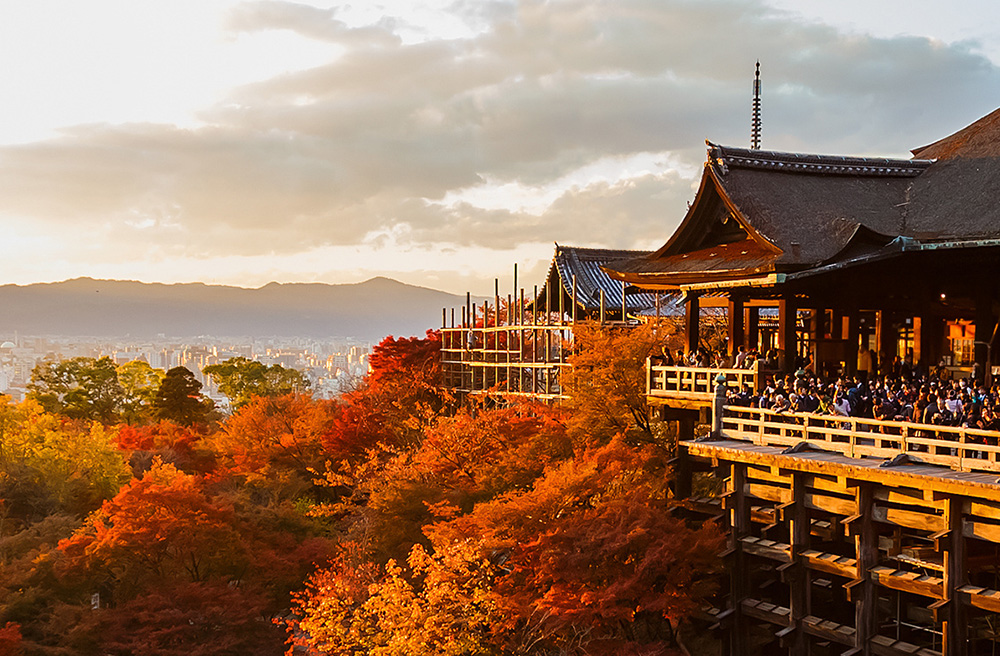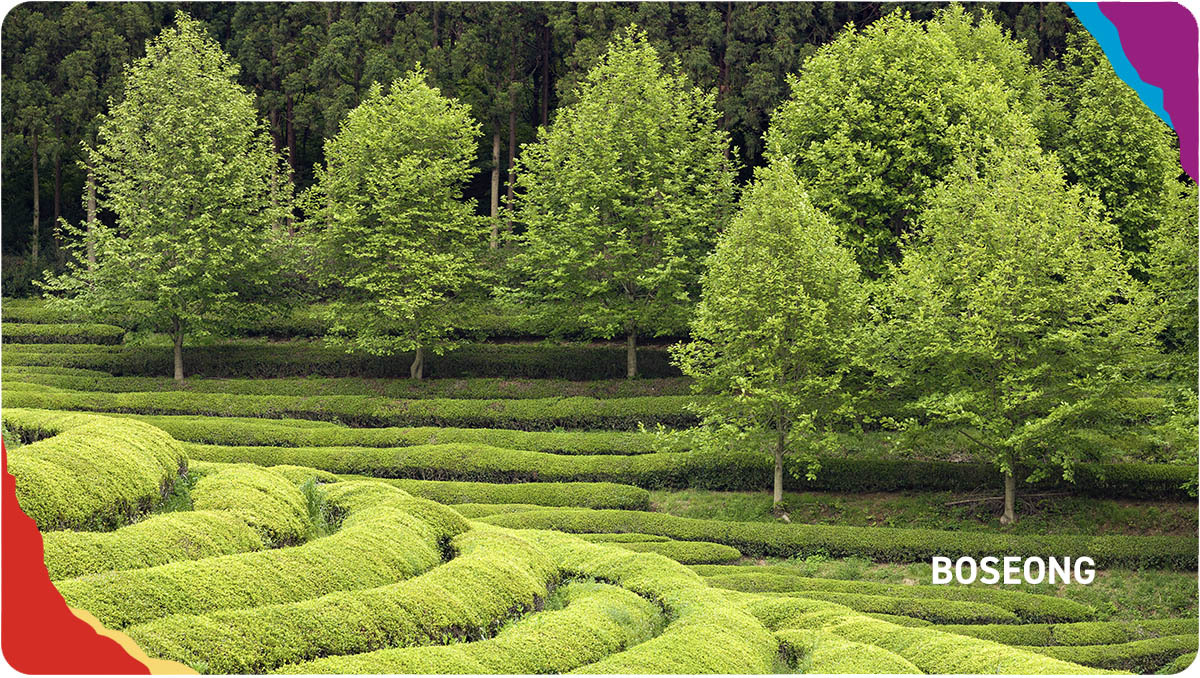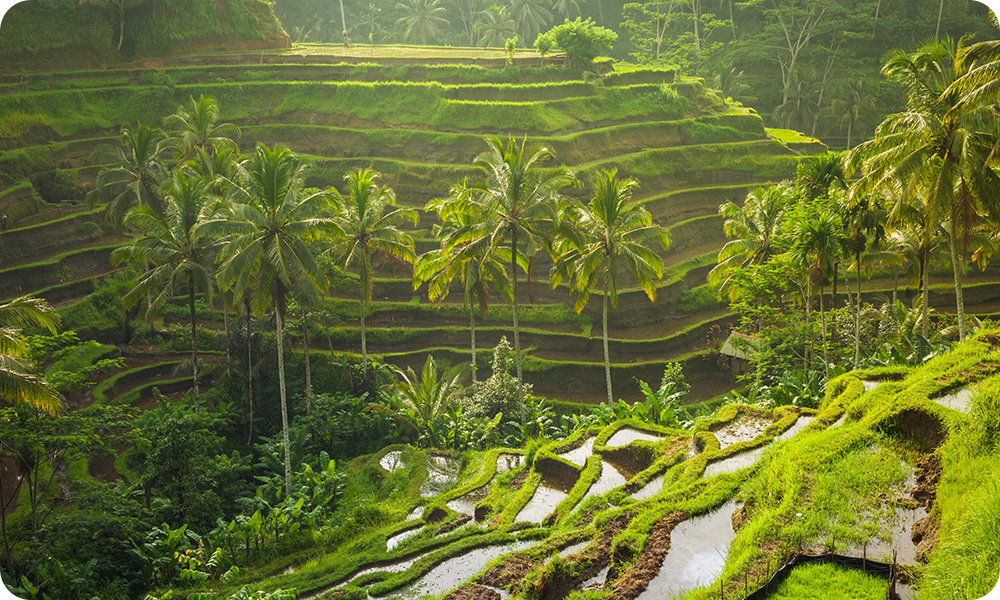

tales of travel
Stories, insights, recipes and more from all over Asia.
Our Favorite Indian Dishes to Try in 2025 & Beyond
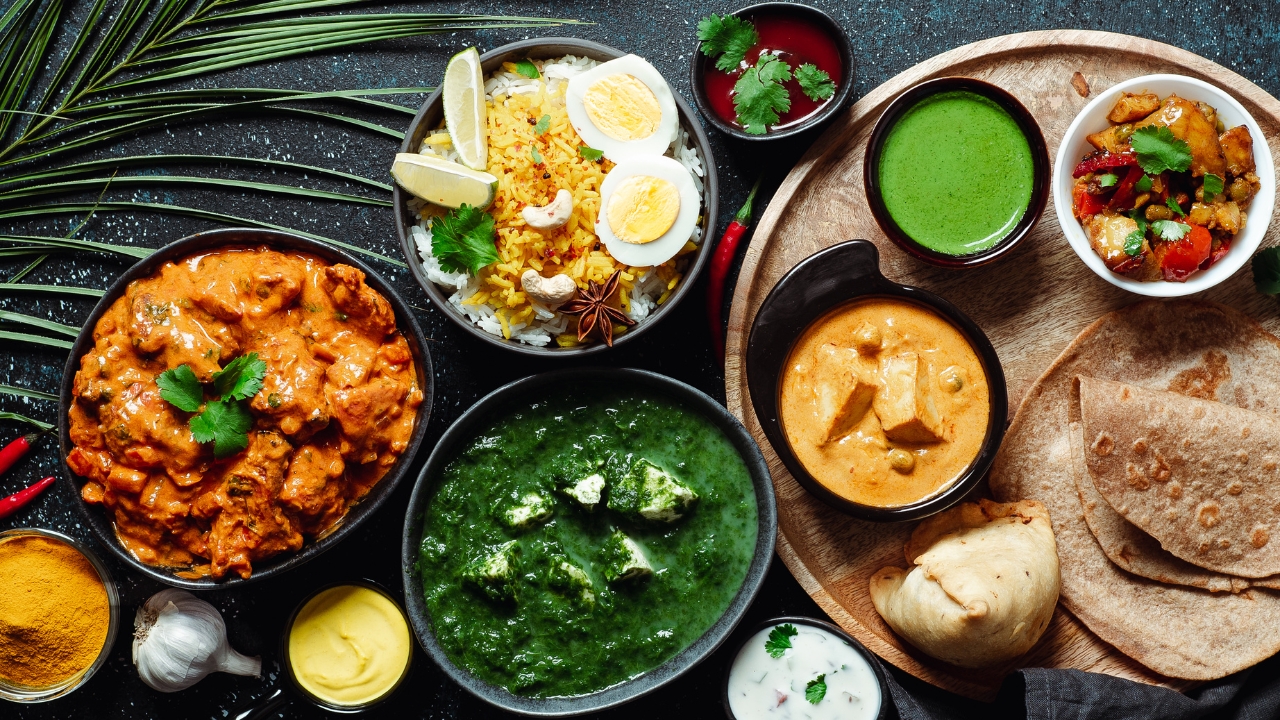
Summary: Indian cuisines are constantly evolving while staying rooted in tradition. In 2025 and beyond, the country’s food scene is a mix of time-honored classics and exciting new trends, with a strong emphasis on fusion, sustainability, and a celebration of hyper-regional specialties. While the north’s creamy curries and the south’s fiery, tangy flavors remain staples, modern Indian cuisine is taking things a step further. This blog will guide you through the best Indian cuisine experiences you can have in the new year, from the regal kitchens of the north to the vibrant coastal flavors of the south, ensuring you discover what makes Indian cuisine a global phenomenon.
Key Takeaways:
- North Indian cuisine is celebrated for its rich, hearty, and creamy dishes. Its focus is on bread-like naan and the generous use of dairy products.
- South Indian cuisine has lighter, often spicier, and tangier flavors. It is centered around rice and coconut and features a prominent vegetarian tradition.
- The best Indian food is not a single entity; it’s a collection of distinct regional cuisines, each offering a unique flavor profile based on local ingredients and cultural history.
- In 2025, Indian food trends are embracing fusion and the elevation of classic street food, making a journey through India a diverse and exciting culinary adventure.
- Exploring different types of Indian food reveals a masterful use of spices, from the robust heat of the south to the fragrant, delicate aromas of the north.
India’s Culinary Regions You Have To Try On Your Next India Luxury Trip
India’s vast geography and rich history have given rise to distinct culinary traditions in each region. From the snow-capped mountains of the Himalayas to the tropical shores of the Bay of Bengal, each region has its own authentic and specific dishes. If you’re wondering what to eat in India when you travel, this table is your guide, highlighting the best cuisines and their signature characteristics.
| Region | Best Cuisines/States | Key Dishes | Flavor Profile |
| North India | Punjabi, Mughlai, Kashmiri | Butter Chicken, Biryani, Dal Makhani, Tandoori Chicken, Rogan Josh | Rich, creamy, and aromatic with a heavy use of dairy, wheat, and slow-cooked gravies. |
| South India | Tamil, Kerala, Andhra, Karnataka | Dosa, Idli, Sambar, Fish Moilee, Chettinad Chicken | Tangy, spicy, and often light. Flavors are built on a base of rice, coconut, tamarind, and fresh curry leaves. |
| East India | Bengali, Odia | Machher Jhol, Shorshe Ilish, Rasgulla, Mishti Doi | A delicate balance of sweet and savory. The cuisine is heavily reliant on mustard oil and fresh fish. |
| West India | Gujarati, Maharashtrian, Goan | Dhokla, Vada Pav, Laal Maas, Vindaloo | A vibrant mix of sweet, sour, and spicy. Dishes range from vegetarian staples to seafood curries, often with a coastal influence. |
| Central India | Madhya Pradesh, Chhattisgarh | Poha, Dal Bafla, Mawa Bati | The cuisine is simple, rustic, and hearty. It highlights local grains and pulses and blends influences from neighboring regions. |
| Northeast India | Naga, Assamese | Smoked Pork with Bamboo Shoot, Thukpa, Masor Tenga | Characterized by minimal oil and spices. The food is often fermented, steamed, or smoked, focusing on natural, earthy flavors. |
The Richness of North Indian Cuisine
When they hear ” Indian cuisine, ” most people globally think of North Indian food. It comes from the rich history of the Mughal Empire and the hearty, agricultural traditions of Punjab.
The Mughal influence brought a refined, elegant cooking style characterized by elaborate gravies, dry fruits and nuts, and a handling of spices. This gave birth to Mughlai cuisine, with its famous biryanis and kebabs. The food is rich and comforting, perfect for the region’s cooler climate.
The culinary heartland of North India is Punjab, known for its liberal use of ghee and butter. The iconic Butter Chicken, a dish born in Delhi, showcases this style—tender chicken marinated in yogurt and spices, then simmered in a creamy, tomato-based sauce. Another staple is Dal Makhani, a luxurious lentil dish slow-cooked for hours with butter and cream.
The region is also famous for its breads; the naan and tandoori roti, fresh from a scorching clay oven, are the perfect partners for these rich curries. In Rajasthan, the food is known for its resilience and ability to be cooked in arid conditions, leading to classics like Dal Baati Churma, a baked wheat ball served with lentils and a sweet, crumbly topping. From the bold flavors of Punjab to the subtle aromas of Mughlai dishes, North Indian cuisine is an experience in pure indulgence.
The Spiciness of South Indian Cuisine
South Indian cuisine is a world apart from its northern counterpart. Its flavors are built on fresh coconut, tangy tamarind, aromatic curry leaves, and a variety of pulses. Rice is the staple, and the food is typically lighter and often spicier. The coastal states, like Kerala, are renowned for their seafood. The state’s cuisine is a beautiful marriage of its local spices with the bounty of the Arabian Sea, as seen in the mild, creamy Fish Moilee.
The region’s mastery of fermentation is a key factor in its cuisine. The classic breakfast of Dosa and Idli perfectly showcases this art. Dosa is a thin, crispy crepe made from a fermented batter of rice and lentils, while Idli is a soft, fluffy steamed cake from the same batter. Both are served with sambar, a tangy lentil soup, and fresh chutneys.
The Chettinad region of Tamil Nadu is famous for its fiery, aromatic spices, and Chettinad Chicken is a quintessential dish showcasing a bold and complex flavor profile. In Andhra Pradesh, the food is known for its explosive heat, and it often uses a specific type of chili that is not for the faint of heart. This unique and vibrant flavor profile makes South Indian food a must-try for any adventurous eater.
Coastal and Arid Blend of East and West Indian Cuisine
The cuisines of Eastern and Western India represent a fascinating blend of local ingredients, historical influences, and unique cooking methods.
In the East, particularly in West Bengal and Odisha, the cuisine is dominated by fish and rice. Bengali food, in particular, is an art form that balances sweet, salty, spicy, and sour notes. Mustard oil is the primary cooking medium, lending a pungent aroma and a deep flavor.
Iconic dishes include Machher Jhol, a spicy fish curry, and Shorshe Ilish, hilsa fish cooked in a mustard gravy. Desserts are also a point of pride, with Rasgulla and Mishti Doi (sweet yogurt) being globally recognized. The cuisine is a poetic reflection of its river-fed lands and vibrant culture.
Moving to the West, the food of Gujarat and Maharashtra is primarily vegetarian and reflects the region’s diverse geography, from the arid plains to the long coastline. Gujarati food is known for its sweet and savory combination, as seen in dishes like Dhokla, a steamed fermented snack, and Thepla, a spiced flatbread.
Maharashtrian cuisine offers a broader range, from the famous street food Vada Pav to coastal fish curries. Goan food showcases its Portuguese influence with dishes like Vindaloo, which uses a unique blend of spices and vinegar, a delicious and fiery contrast to the rest of the country’s curries. This regional variety ensures that the culinary journey through West India is never monotonous.
The Global Appeal of Indian Cuisine and 2025’s Culinary Trends
In 2025, the Indian food trends are pushing boundaries. Chefs are creatively blending Indian ingredients with international cuisines. Think tandoori jackfruit tacos or a butter chicken stuffed bao.
This trend appeals to younger diners and showcases the versatility of Indian flavors. The focus is also on hyper-regional cuisines, as diners move beyond broad categories like “North” or “South” and seek out specific culinary traditions from smaller states and communities.
Even classic street foods like samosas and chaat are elevated to fine dining experiences, focusing on high-quality, fresh ingredients and artful presentation. This “snack revolution” makes classic comfort foods more accessible and exciting. The intricate use of spices, from the warmth of cardamom and cinnamon to the heat of chili and the earthiness of turmeric, creates a complex flavor profile that is both comforting and exciting.
The health benefits of many of these spices, like turmeric’s anti-inflammatory properties, have also contributed to the cuisine’s global acclaim. The food is not just about taste; it’s about a holistic experience that engages all the senses. As Indian cuisine continues its global dominance, it’s clear that its rich history and innovative future will keep it at the forefront of the culinary world for years to come.
Why You Should Visit India for Your Next Trip
One of the highlights of planning a trip to India in 2025 and beyond is the Indian cuisine. It’s delightful and delicious and has to be experienced in the heart of its lands. Our expert travel agents at ATJ plan every last bit of your trip, ensuring you can eat at India’s best and most authentic places. Don’t miss an opportunity to travel and experience its food first-hand. We’ll help you build your trip, so contact us today to start planning.
Frequently Asked Questions
What is the most popular Indian cuisine?
While it’s difficult to pinpoint one “most popular” cuisine, North Indian cuisine, rich and creamy curries, tandoori breads, and meat dishes, is arguably the most widely known and consumed in India and internationally. Its prominence is mainly due to the influence of Mughal and Punjabi cooking styles.
What is the most famous Indian dish?
The most famous Indian dish is widely considered to be Chicken Tikka Masala. Although its origins are debated (some say it was created in the UK), it is a staple on Indian restaurant menus worldwide. It represents a flavorful fusion of North Indian spices with a creamy, tomato-based sauce.
What are the main spices used in Indian cuisine?
The core spices, often forming the base of many curries and masalas, include cumin, coriander, turmeric, mustard seeds, and chili powder. Other essential spices are cardamom, cloves, cinnamon, and black pepper. A blend of these is known as garam masala.
Is all Indian food spicy?
No, not all Indian food is spicy. While some regions, particularly in the south and certain parts of the west, are known for their fiery flavors, many dishes are mild and rely on a complex blend of aromatic spices for their taste. For example, some North Indian curries and many South Indian lentil dishes are pretty mild and comforting.

CHIEF EXECUTIVE OFFICER & CO-OWNER
Reviewed by KIRSTEN LOUY-NASTY
Kirsten grew up in our nation’s capital, dreaming of faraway places. After landing in Papua New Guinea to participate in a grassroots organization studying women and small businesses, Kirsten was hooked on travel for good. Kirsten created and received the first Bachelor of Arts in Cultural Studies at Keene State College in New Hampshire and has gone on to travel extensively throughout five continents.
sign up for our
Newsletter
Stay current with all the latest being offered from ATJ, as
well as updates on Asia Destinations.










